The National Parks - A Brief History
A History of National Parks
This article provides an overview of the general history of national parks, including their definition, importance, key figures, legislation and acts, the evolution of the national park system, the role of the National Park Service, and the unique histories of specific national parks.

National parks are like nature’s greatest hits, combining stunning scenery with vital roles in conservation, education, and recreation. 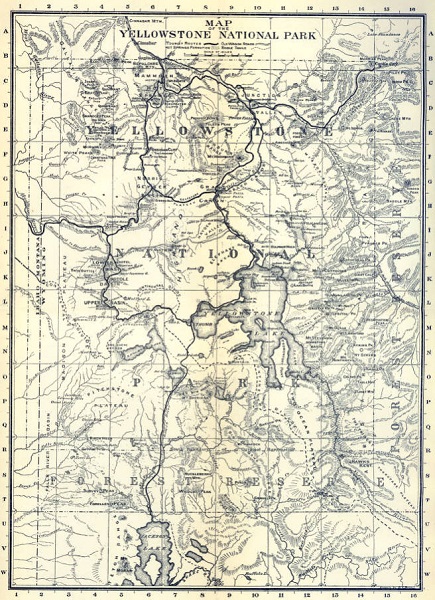
Take Yellowstone National Park, for instance. Established in 1872 as the world’s first national park, it’s a geothermal playground packed with bubbling geysers, vibrant hot springs, and a smorgasbord of wildlife.
Yellowstone shows just how crucial it is to protect these natural marvels for everyone to explore, learn from, and enjoy.
But Yellowstone is just the start. The National Park Service oversees more than 400 areas, covering over 84 million acres of jaw-dropping landscapes and historic sites. They're not just keeping these treasures safe; they’re making them accessible and engaging through fresh park brochures and detailed maps.
This dedication ensures that everyone can experience and appreciate these national gems while learning the importance of conservation.
National parks are doing double duty—preserving the past while shaping a greener, more informed future for people and the planet alike!
Key Figures in National Parks History
The history and conservation of the National Park System owe immense gratitude to countless dedicated individuals who tirelessly worked to preserve our natural treasures. Most people think of Teddy Roosevelt, John Muir and Ansel Adams when pondering the parks, but there are thousands of unsung heroes we owe thanks to for our National Parks!
These are just a few of their inspiring stories!
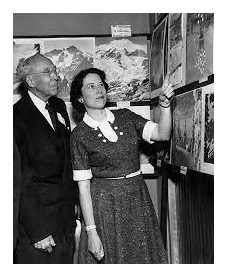
Polly Dyer – A Legendary Conservation Hero of the Pacific Northwest
She also played a crucial role in blocking a proposed road that threatened miles of Pacific coastline within the park.
As a founding member of the North Cascades Conservation Council, Polly was a driving force behind the creation of North Cascades National Park in 1968, convincing Congress to protect over 500,000 acres of stunning mountains, glaciers, and forests.
Throughout her remarkable 96 years, Polly's dedication has ensured that generations can experience and cherish these magnificent landscapes just as nature intended. Her legacy lives on, inviting us all to embrace and protect the natural world she so fiercely loved.

J.C. Hunter Jr. - Guardian of the Guadalupe Mountains
When J.C. Hunter passed away in 1945, his son, J.C. Hunter Jr., inherited the family ranch in the Guadalupe Mountains of Texas.
Following in his father's footsteps, Jr. expanded the ranch to approximately 72,000 acres and shared his father's passion for conservation.
He served as mayor of Abilene during the early 1970s and was actively involved in civic leadership and the family oil business.
Despite exploring the idea of creating a park like Wallace Pratt had done, Jr. ultimately continued to operate the ranch for hunting and recreation, maintaining its ecological health and diverse wildlife.
Concerned about the future tax burden on his family, Jr. later decided to sell the ranch.
Following his decision, Congress approved the creation of Guadalupe Mountains National Park, recognizing the Hunters' significant role in preserving this natural treasure.
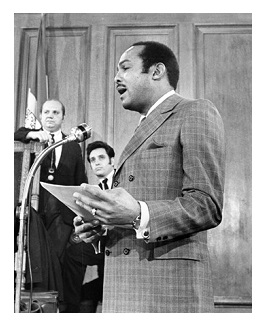
Carl Stokes - the Riverfire Advocate of Cuyahoga
Carl Stokes, the first elected Black mayor of a major U.S. city, Cleveland, gained national attention when the polluted Cuyahoga River caught fire in 1969.
Described by Time magazine as "chocolate-brown, oily, bubbling with subsurface gases," the fire underscored severe environmental hazards facing urban and minority communities.
Stokes leveraged this incident to advocate for cleaner water and environmental justice, highlighting inequalities in environmental protection.
His advocacy helped catalyze the passage of the Clean Water Act and paved the way for the Cuyahoga Valley to be managed by the National Park Service as a national recreation area in 1974.
Stokes' leadership on Earth Day emphasized the importance of balancing environmental initiatives with social equity, emphasizing that urban areas, like pristine wilderness, deserve robust environmental safeguards.
Legislation and Acts
Legislative actions have been pivotal in shaping the preservation and management of national parks. A key milestone was the Preservation of Historic Sites Act of 1935, which aimed to protect significant historical sites within the National Park System. This legislation safeguarded places like Mesa Verde National Park, renowned for its ancient Puebloan cliff dwellings.
Designed to enhance park infrastructure and visitor experiences, Mission 66 led to improvements such as new roads, trails, and visitor centers at parks like Zion National Park in Utah.
These enhancements have significantly increased accessibility and services, ensuring millions of visitors can enjoy and appreciate these natural and historical treasures. These legislative efforts underscore a commitment to preserving and enriching public engagement with these iconic sites for generations to come.
Similarly, the implementation of the Historic Sites Act of 1935 exemplified a steadfast commitment to preserving historical parks by mandating their inclusion in the National Register of Historic Places. This legislative measure elevated their significance, ensuring that their rich stories and cultural value would be protected and shared with visitors eager to connect with America's past.
Through these forward-thinking initiatives, the National Park System continues to evolve, embracing a comprehensive conservation approach that honors both the natural marvels and the diverse cultural heritage that define our nation's landscapes.
Evolution of the National Park System
The evolution of the National Park System traces a captivating path of growth and diversification, mirroring America's evolving approach to conservation and historic preservation.
A significant milestone includes the establishment of National Military Parks and National Memorials, which honor pivotal historical events and figures.
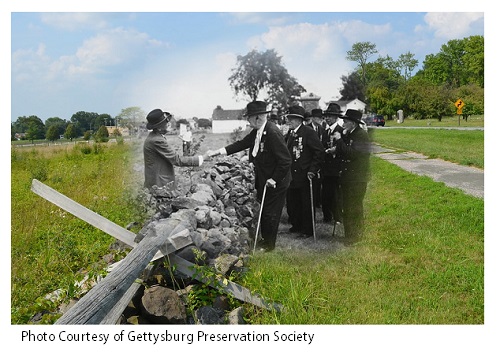 Gettysburg National Military Park in Pennsylvania stands as a poignant testament to the Civil War's impact, preserving the memory of its battlefield and the sacrifices made.
Gettysburg National Military Park in Pennsylvania stands as a poignant testament to the Civil War's impact, preserving the memory of its battlefield and the sacrifices made.
The National Mall and Memorial Parks exemplify this mission, offering visitors a chance to experience iconic monuments such as the Lincoln Memorial and the Washington Monument.
These parks serve as centers for civic engagement, inviting reflection on America's heritage and values while fostering a collective sense of national identity and pride.
Role of the National Park Service
A notable example is the partnership between the Hopi Tribe and the National Park Service at Wupatki National Monument in Arizona. Together, they work to preserve and interpret ancestral Puebloan sites, showcasing a commitment to inclusivity and cultural heritage.
Moreover, the National Park Service promotes environmental stewardship through educational initiatives. At Acadia National Park in Maine, for instance, park rangers lead the "Leave No Trace" program, educating hikers on minimizing their environmental footprint.
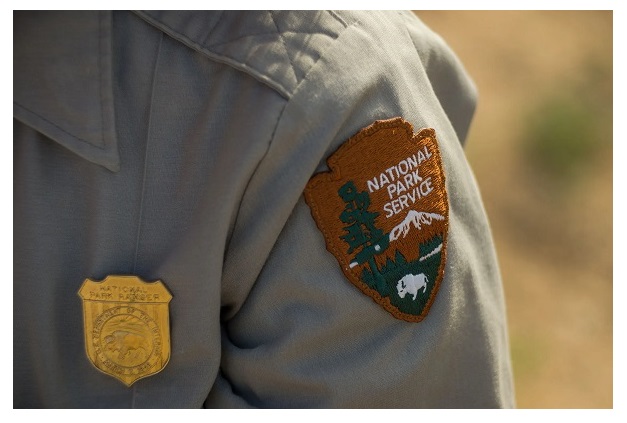
A Few Final Words
When reflecting on the rich history and profound importance of national parks in the United States, their essential role in conservation and as vital cultural and recreational resources becomes unmistakable.
Yellowstone National Park, established in 1872 as the world's first national park, stands as a beacon of early conservation efforts and the preservation of natural splendor and wildlife. It set a global precedent for the protection of biodiversity and ecosystems, illustrating these parks' crucial function in safeguarding our natural heritage for future generations.
Additionally, the National Park Service's implementation of educational programs and sustainable tourism practices reflects a comprehensive approach to engaging visitors and promoting environmental stewardship across these iconic landscapes.
They continue to inspire, educate, and connect people with the beauty and significance of the natural world, ensuring that these treasures remain accessible and protected for all to enjoy.
/1004/site-assets/logo.png)
/1004/site-assets/phone.png)
/1004/site-assets/cart.png)
/1004/site-assets/dateseal.jpg)
/1004/site-assets/creditcards.png)